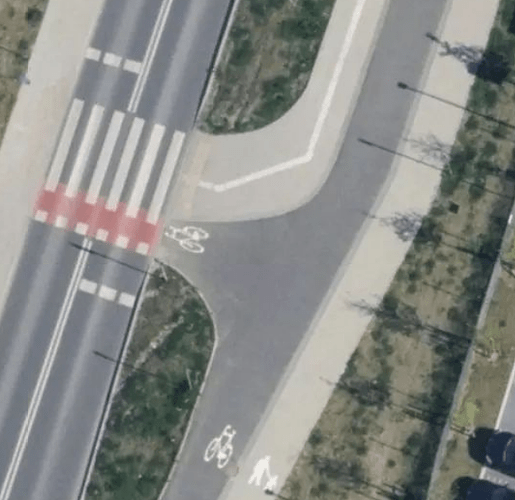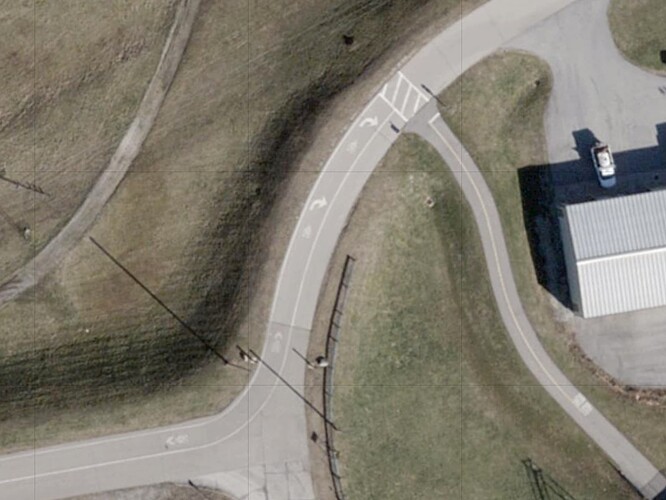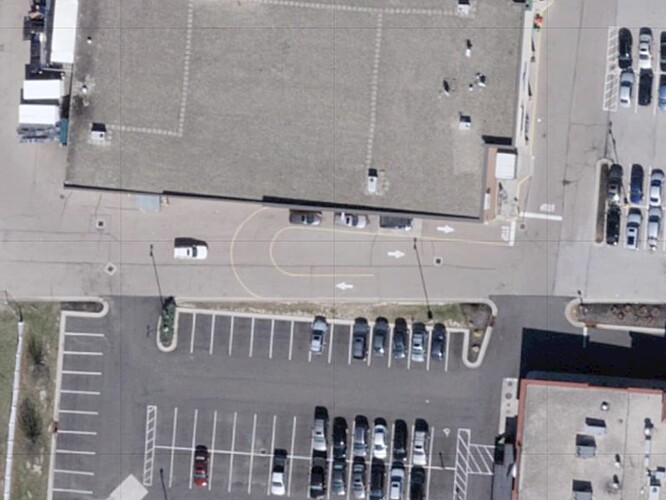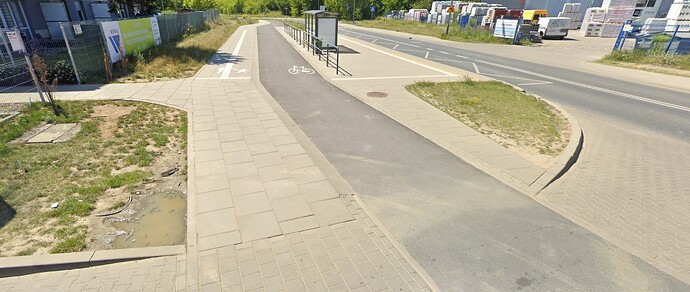The problem
I’d like to use bicycle:forward and bicycle:backward, but they only apply to their respective directions, and so we lose the geometric information of where they are.
On normal streets, that’s not an issue because the convention is that all lanes in one direction are grouped together. This is obviously not the case with segregated pathways.
New tagging idea (direction:lanes)
Actually, thinking about it, there isn’t much difference between them.
We have a street. On that street is some number of lanes. Each lane has its allowed traffic and primary direction.
Right now, we don’t have a tagging to explicitly mark the primary direction. There are conventions (see above), but they apparently break down in more complicated situations. As such, if we were to introduce new tagging, it might be most fruitful to add such tagging. E.g.
direction:lanes=backward|forward|
This would also apply to e.g. turn:lanes:
direction:lanes=backward|backward|forward|forward
turn:lanes=right|left|left|right
Though I would still recommend using turn:lanes:* for clarity:
direction:lanes=backward|backward|forward|forward
turn:lanes:forward=left|right
turn:lanes:backward=left|right
If an entry is omitted, it would default to bidirectional. If direction:lanes is omitted, it defaults to the current convention of grouping all :forward and all :backward lanes of each mode together (subject to driving_side and oneway). If no :forward or :backward are given, symmetrically divide the number of lanes between them.
Our example
direction:lanes=backward|forward|
bicycle:lanes:forward=designated|no
bicycle:lanes:backward=no|designated
foot:lanes:forward=no|designated
foot:lanes:backward=designated|no
or, using above default conventions,
bicycle:lanes=designated|designated|no
foot:lanes=no|no|designated
Just what we had.
Outlook
How would placement and overtaking interact with this key?




